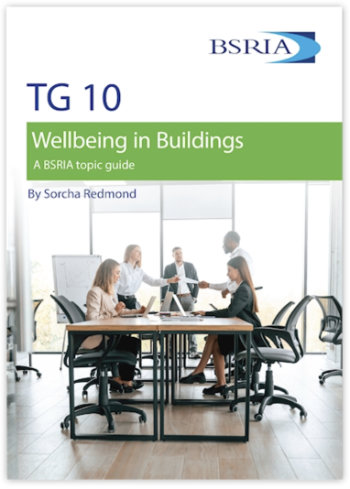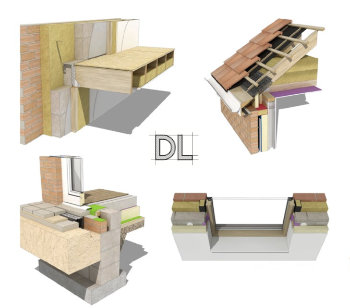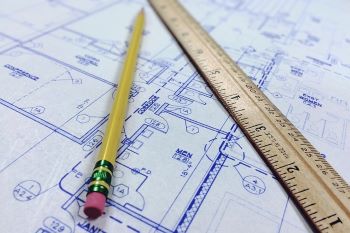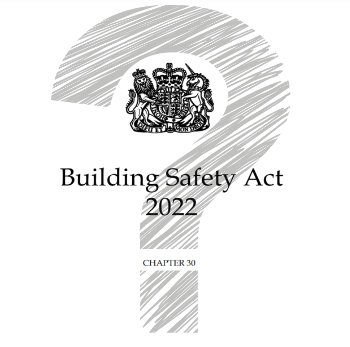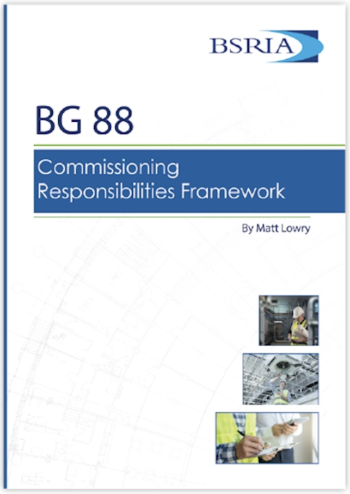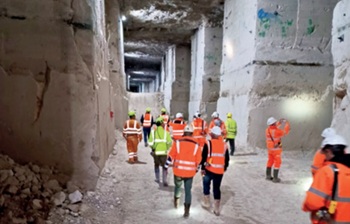Assessing delay claims
Contents |
[edit] Introduction
It is very seldom that a construction project will not be influenced by delays. Delays manifest for a number of different reasons:
- Contractor’s delays.
- Owner’s delays.
- Unforeseen circumstances.
Most construction contracts allows some form of compensation to the contractor for delays categorsed as owner delays or unforeseen delays. In order for a contractor to access the remedies the contract makes available for delays, a claim will have to be submitted.
There are a number of steps to analysing and adjudicating complicated delay claims where the outcome can have a massive financial impact on either the contractor or owner.
[edit] Were the contractual provisions complied with?
Delay-claim clauses in most construction contracts can be separated into the following two main categories:
Compliance with the contract relating to the claim is a prerequisite for the claim to be considered for approval. The first step in the analyses process is to identify the relevant contract clauses and to test the contractor’s compliance with these clauses.
[edit] Was the delay excusable (owners risk)?
Most contracts provide for an extension of the contract period – but only if a delay is deemed to be excusable. When a claim is being evaluated, it is essential to determine whether the delay in question is an excusable delay or a non-excusable delay.
An excusable delay can be described as a delay caused by either of the following two factors:
- Third parties or incidents beyond the control of the client and the contractor; and
- The owner or the owner’s agents.
To determine whether a delay is excusable, it is required to assess the root cause of the delay. If the cause of the delay is not excusable, in other words the contractor’s risk, the claim can be rejected. The exact wording of the contract is very iimportant in this respect, as it will define the allocation of risk.
[edit] Was the delay critical?
Construction contracts normally only make provision for the extension of the contractual completion date for a delay impacting on the completion date. Activities that would impact on the completion date if these activities are delayed are called critical activities.
During the analysis process the cause and effect of the delay should be determined. For the delay to be considered as a valid delay it should impact a critical activity. If the delay did not impact a critical activity it can be rejected as there would not be any impact on the completion date.
If the delay impacted on the completion date the quantification of the severity of the impact should be analysed. Several methods, such as; time impact analysis, window analysis, as-planned but for, as-planned v as-built and impacted as planned can be utilized to quantify the delay.
[edit] Calculate compensation
The construction contract utilised would normally provide guidance on how compensation should be calculated. As a general principle compensation is normally due for excusable delays for circumstances where the risk lies with the owner. The calculation for the compensation provided as part of the claim should be analysed to determine whether it is correct. The final action required would be to inform the contractor of the outcome of the claim.
For more information see: Delay.
Dr Hendrik Prinsloo (HPM CONSULTANTS)
For more information: https://teamhpm.com
[edit] Related articles on Designing Buildings Wiki
- Acceleration.
- Compensation event.
- Concurrent delay.
- Contractor delay.
- Critical path.
- Culpable delay.
- Delay.
- Delay to completion.
- Delay to progress.
- Dispute resolution.
- Disruption claims in construction.
- Employer delay.
- Extension of time.
- International research into the causes of delays on construction projects.
- Liquidated damages.
- Programme.
- Relevant event.
- Relevant event v relevant matter.
- Relevant matter.
Featured articles and news
Wellbeing in Buildings TG 10/2025
BSRIA topic guide updates.
With brief background and WELL v2™.
From studies, to books to a new project, with founder Emma Walshaw.
Types of drawings for building design
Still one of the most popular articles the A-Z of drawings.
Who, or What Does the Building Safety Act Apply To?
From compliance to competence in brief.
The remarkable story of a Highland architect.
Commissioning Responsibilities Framework BG 88/2025
BSRIA guidance on establishing clear roles and responsibilities for commissioning tasks.
An architectural movement to love or hate.
Don’t take British stone for granted
It won’t survive on supplying the heritage sector alone.
The Constructing Excellence Value Toolkit
Driving value-based decision making in construction.
Meet CIOB event in Northern Ireland
Inspiring the next generation of construction talent.
Reasons for using MVHR systems
6 reasons for a whole-house approach to ventilation.
Supplementary Planning Documents, a reminder
As used by the City of London to introduce a Retrofit first policy.
The what, how, why and when of deposit return schemes
Circular economy steps for plastic bottles and cans in England and Northern Ireland draws.
Join forces and share Building Safety knowledge in 2025
Why and how to contribute to the Building Safety Wiki.
Reporting on Payment Practices and Performance Regs
Approved amendment coming into effect 1 March 2025.







